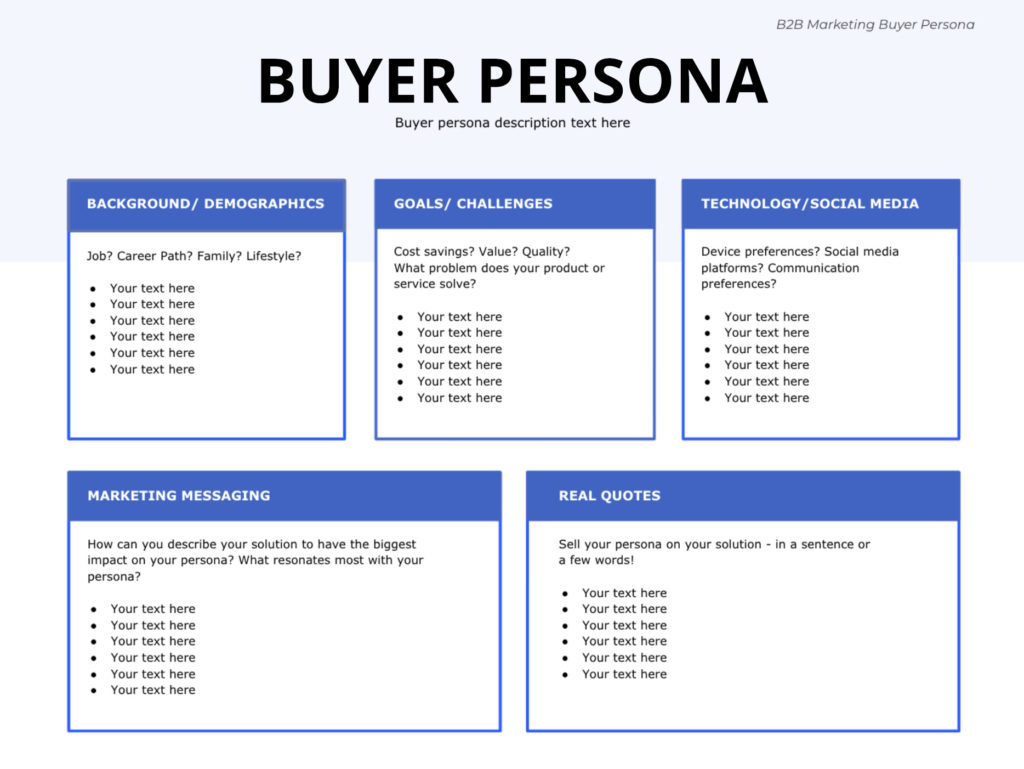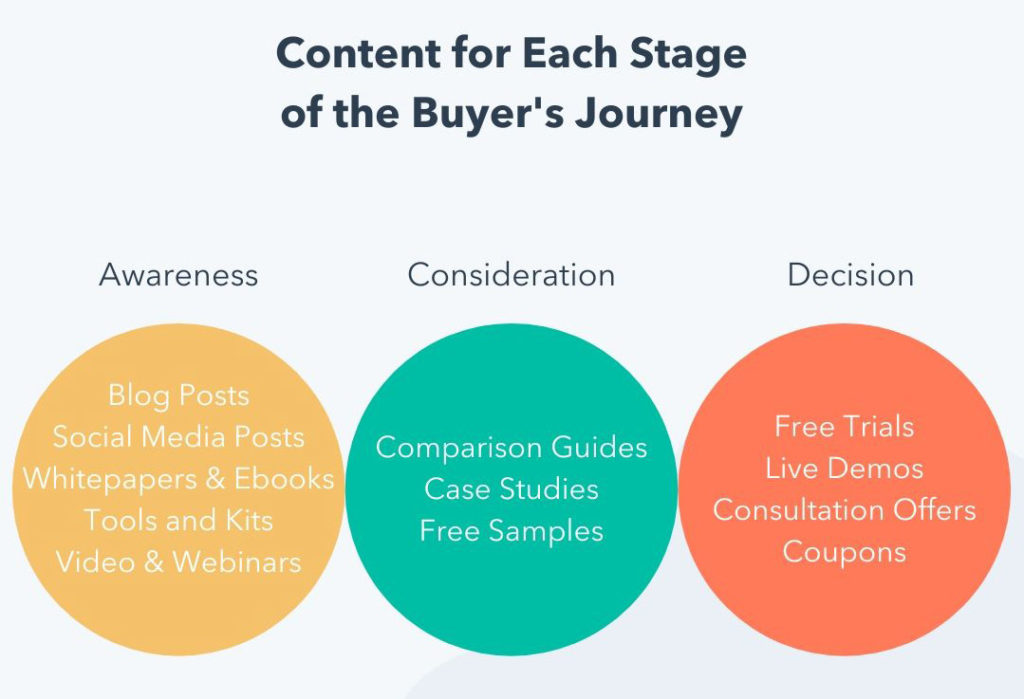As a manufacturer or distributor, building trust through quality content is essential for marketing your business. In today’s article, we’re covering how to create B2B content that will help you drive traffic to your website, generate quality leads, and build trust with key audiences.
According to research from the Content Marketing Institute, 73% of top-performing B2B businesses nurture their audience, and 94% measure their content performance. By giving key audiences the content they need to trust you, you can guide them through the buyer’s journey, nurturing them into leads and clients.
Keep reading to learn how to develop an effective content marketing strategy for your B2B business.
Quick Takeaways:
- Offering key audiences the content needed to trust you will effectively guide target consumers through the buyer’s journey.
- A strong content strategy is essential for B2B businesses to share relevant content that resonates with potential and current buyers.
- Understanding your target audience, what problems they’re trying to solve, and how you can help is foundational to building an effective content strategy.
- To create suitable types of content, set SMART goals, identify your USP, develop buyer personas, and establish your brand voice.
How to Create an Outstanding B2B Content Strategy
Having a good content strategy is essential for every B2B business. It will guide your content marketing efforts and empower you to craft tactful content that gets results. By consistently creating and sharing valuable content, your business can attract the right audience and convert them into leads and clients.
1. Start by Understanding Your Target Audience
Gaining a deep understanding of your target audience, what problems they’re trying to solve, and how you can meet them where they are is a foundational step to building an effective content strategy.
To get to know your audience, you’ll have to do some research. You can gather marketing data to understand client behaviors. Talk to your sales and customer service teams to get direct quotes from clients. You can even send out surveys directly to consumers asking for specific information.
Creating buyer personas for your business is one of the best ways to pinpoint your ideal client and map out their wants, needs, challenges, and other important details.

2. Identify Your USP
Your unique selling proposition (USP) is what differentiates your business from competitors. It will influence your content strategy and overall success. Identifying what sets you apart is crucial to standing out in a competitive market. Your USP should resonate with a specific audience by addressing the following questions:
- What makes you unique?
- What value do you bring to the table?
- Why are you a better choice than the competition?
- How can you solve a specific problem your clients have?
3. Set Specific Goals
Set SMART goals for the types of results you expect to see from your content marketing efforts. SMART stands for:
- Specific
- Measurable
- Attainable
- Realistic
- Time-bound
Start by thinking big picture, and then narrow down your goals to specific objectives you’d like to achieve. For example, one of your SMART goals could be “building an email list to 5,000 subscribers by the end of Q3.”
4. Map Out the Buyer’s Journey
The next step is mapping out the journey your clients take to go from prospect to buyer. B2B buyers tend to do a lot of research before reaching out to an organization’s sales team. By providing quality, valuable content, you can build trust with potential buyers.
Your content should address consumers at every stage of the buyer’s journey:
- Awareness: Prospects are learning about and trying to understand a problem they have. Focus on addressing common pain points they face and answering frequently asked questions.
- Consideration: Now that prospects have identified their problem, they seek ways to solve it. During the consideration stage, they will start investigating solutions.
- Decision: This is the final stage where leads know which business they want to partner with and are ready to reach out directly to ask about pricing, product specs, and free trials or demos.

5. Take Inventory of the Content You Already Have
Conduct a content audit to understand what content you already have and what gaps you should fill. You can also analyze the content that has resonated best with your audience and create more like it. An audit will also help you avoid duplicating content, which can present issues for your website and search engine rankings.
6. Set Your Brand Tone
Before you start writing and publishing new content, make sure everyone involved in the process uses an established brand voice. Your content should be consistent in terms of quality, tone of voice, and personality. Try to make your brand voice distinct so prospects remember you.
To establish your brand voice, go back to your buyer personas. Your messaging and style should resonate with your target audience. Consider creating a content style guide to stay consistent across your organization.
7. Craft Engaging Content
Finally, it’s time to create new content to engage your audience. You can develop new ideas in various ways, such as doing competitor and keyword research, brainstorming with a team, and building a swipe file.
Create a content calendar to keep track of topics, content, and due dates. As far as content types go, B2B businesses can benefit from publishing and promoting the following types of content:
- Videos
- Case studies
- Social media
- White papers
- Blog posts
- Articles
Video Source
Content Marketing for Industrial Companies and Manufacturers
Are you looking for a strategic marketing partner who understands manufacturing, engineering, and distribution? If so, we would love to talk with you to see if we’re a good fit for your business.
Shanahan has over 20 years of experience helping companies like yours grow profitably and expand into new markets. We specifically focus on helping our clients drive lasting results through digital marketing. Feel free to reach out if you’re interested in building a new website, generating leads, or increasing sales. The initial consultation is on the house.

